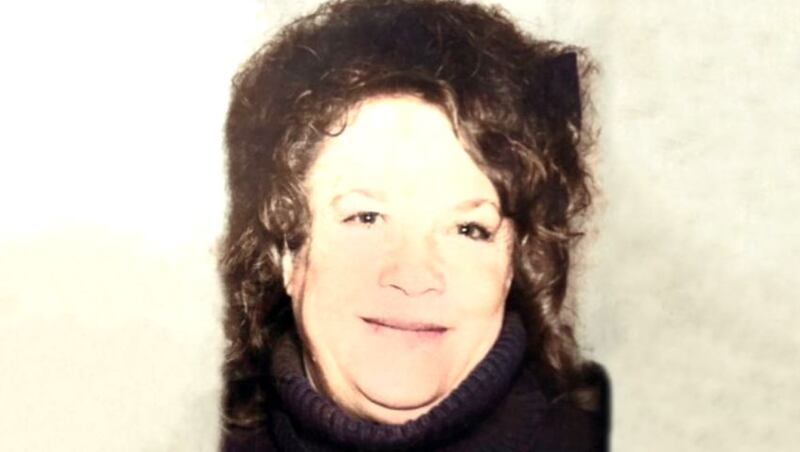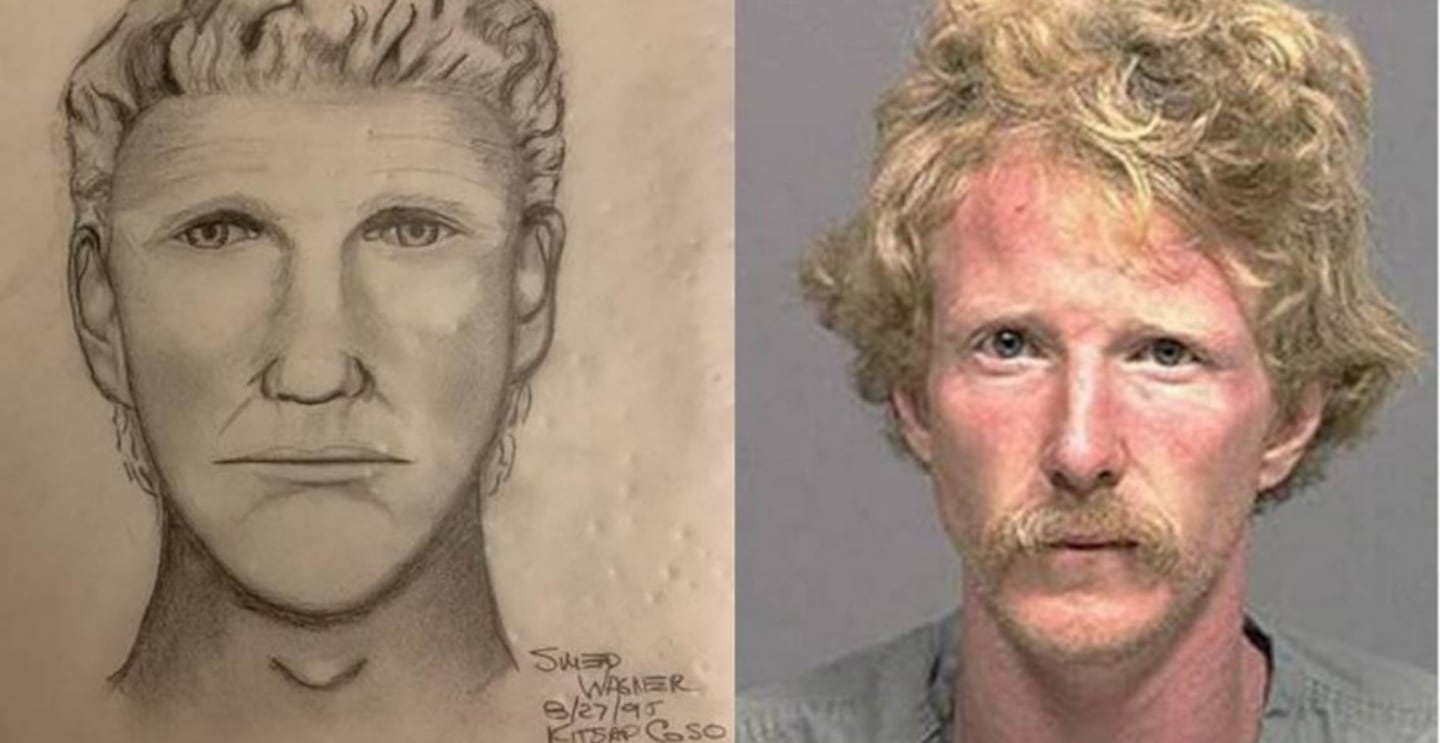KITSAP COUNTY, Wash. — Patricia Lorraine Barnes’ body was found in an Olalla ditch in 1995, and her homicide remained unsolved for decades.
A Kitsap County detective was able to call the 61-year-old woman’s family Monday to say investigators had solved it.
“They were very relieved to have some resolution to her death,” Sheriff John Gese said at a news conference Wednesday.
The case is one of about 15 the Sheriff’s Office has looked into as part of the agency’s push in 2018 to solve cold cases. Several have been solved.
Barnes lived in Seattle and was last seen there Aug. 22, 1995. Her body was found three days later. She’d been fatally shot in the head and left naked, covered by a sleeping bag, in the 15000 block of Peacock Hill Road Southeast.
Serial killer Robert Lee Yates was a person of interest in Barnes’ death, but he was excluded as a suspect a couple years ago, investigators said. The state Attorney General’s Office and Spokane police and sheriff’s investigators helped. They figured out Yates was at Fort Rucker, Alabama when Barnes was killed.
Because he was in the military, there was a lot of information investigators used to compile a timeline of his whereabouts, Kitsap County detective Mike Grant said at the news conference.
The man they believe killed Barnes is Douglas Keith Krohne, who would have been 33 at the time. He died in 2016 in Nogales, Arizona after he was electrocuted while installing some sort of TV antenna that hit power lines, investigators said.
Krohne and Barnes did not have connections to Kitsap County, investigators said, and it’s not clear how they met. Grant said he gathers that Barnes was an outgoing person who befriended people easily.
Krohne used to live in Seattle and Tacoma and had five felony convictions in Washington, including for first-degree robbery, investigators said. At some point there was a court order out of Pierce County for his DNA to be collected, but it never happened, Grant said.
That was frustrating at the start of their investigation, he said. Now, his DNA will be added to CODIS, the national Combined DNA Index System.
Scroll down to continue reading
More news from KIRO 7
- Seahawks fans stunned by QB Russell Wilson trade to Denver Broncos
- Woman arrested after attempted kidnapping in Mountlake Terrace store
- Everett police warn of rise in gas theft
- Do you have an investigative story tip? Send us an email at investigate@kiro7.com
HOW IT WAS SOLVED
Following the department’s focus on cold cases in April 2018, investigators took another look at physical evidence in Barnes’ homicide. They interviewed detectives who originally handled the case, went over photos of the scene and sent evidence for DNA testing.
That evidence went to the Washington State Patrol Crime Lab and two private labs out-of-state.
Eventually, DNA from three places at the scene was identified as coming from the same, unidentified man. There wasn’t a match in CODIS.
One of the private facilities, Othram Labs in Texas, used forensic genome sequencing and forensic genetic genealogy. That’s where investigators try to identify a suspect by searching genealogical databases for relatives.
Dec. 22, 2021, the lab gave detectives a name.
Investigators talked to police in Nogales and with the medical examiner in Tuscon, Arizona, learned Krohne had died. They then sent his DNA to the Washington State Patrol Crime Lab.
On Feb. 7, that DNA was reported to be a match to the unknown DNA from the scene.
Monday, Grant called Barnes’ family.
“The plan was to only contact them after it was solved,” he told reporters.
He described the response as shocked and grateful.
In way, he said, the case was solved in 1995. It’s the work of now-retired investigators who handled the original investigation that solved it.
An artist’s rendering at the time of a person interest last seen with Barnes was next to a photo of Krohne at the press conference.
They’re remarkably similar.
The success “belongs to the initial investigative response by the detectives in 1995,” the Kitsap County Sheriff’s Office said in a news release:
“The success of modern investigative methods can only occur when built upon a thorough and professional foundation of police work. Their work is reflected in their exhaustive follow up, countless interviews, vetting of tips, collaboration with numerous law enforcement agencies, evidence collection, crime scene processing and a relentless seeking of the truth for the sake of the victim and the victim’s family.”
This story was originally published by The News Tribune.
©2022 Cox Media Group










